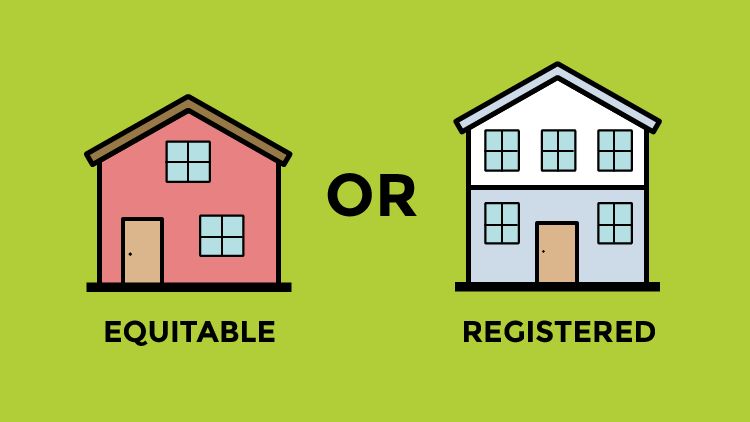
Calculation of Cutback is an important parameter for deriving the loan eligibility. THE amount you can borrow from banks or any lender depends on how much you can afford to repay per month in EMIs or Equated Monthly Instalments.
What the bank calculates is ‘how much you can afford to repay’ ?
Learn in Easy Steps how to calculate the Cutback Eligibilty
Step 1
A bank will start by looking at your income statement with following components salary slips, tax returns, bank statements etc. It will calculate your total monthly income by adding up your salary, interest income, rental income, if any etc. Majorily of details are available on salary slips/income certificate or bank statement.
Step 2
The bank has to make sure that you’re able to repay the loan on time. The higher the monthly disposable income, the higher will be the loan amount you will be eligible for. Typically, a bank assumes that about 50% of your monthly disposable/surplus income is available for repayment, in banking term it is known as “CUTBACK”. The tenure and interest rate will also determine the loan amount. Cutback varies from 50% to 70% based on various parameters.
Read – Calculate Cutback for ODC Loan Eligibility
It will calculate the amount you save. Since savings depend on a variety of factors like income level, lifestyle etc, there is a standard thumb rule of 50 per cent that banks apply to arrive at this number. That means, if your income is Rs 50,000 per month, the bank assumes that you save 50 per cent, that is Rs 25,000 per month.
The higher your income, the more you can save, so it is assumed. Many banks like SyndicateBank etc follow the cutback criteria based on income slab i.e. it is assumed that higher the income, more amount is availble for paying the loan EMI.
Step 3
If you are already paying some other EMI, that amount will be reduced from the calculated savings or cutback amount. So if your savings per month is Rs 25,000 and you are paying an EMI of Rs 12,000 on your car loan, the bank will arrive at a figure of Rs 13,000 as your net savings which is available for next loan.
Step 4
After that, a little backward calculation is done to find out the amount of loan that would result in an EMI equal to the amount that you can save. The bank uses the latest interest rate to calculate this.
So if your monthly net savings is Rs 13,000, the bank assumes that that is the amount available to pay off thebility will be calculated on this amount only. Maximum loan eligiblity at the prevailing interest rate is 10 per cent and you have applied for a loan tenure of 10 years, you will be eligible for a loan of Rs 9.5 lakh.
Disclaimer: While we have made efforts to ensure the accuracy of our content (consisting of articles and information), neither this website nor the author shall be held responsible for any losses/ incidents suffered by people accessing, using or is supplied with the content.









Leave a Comment